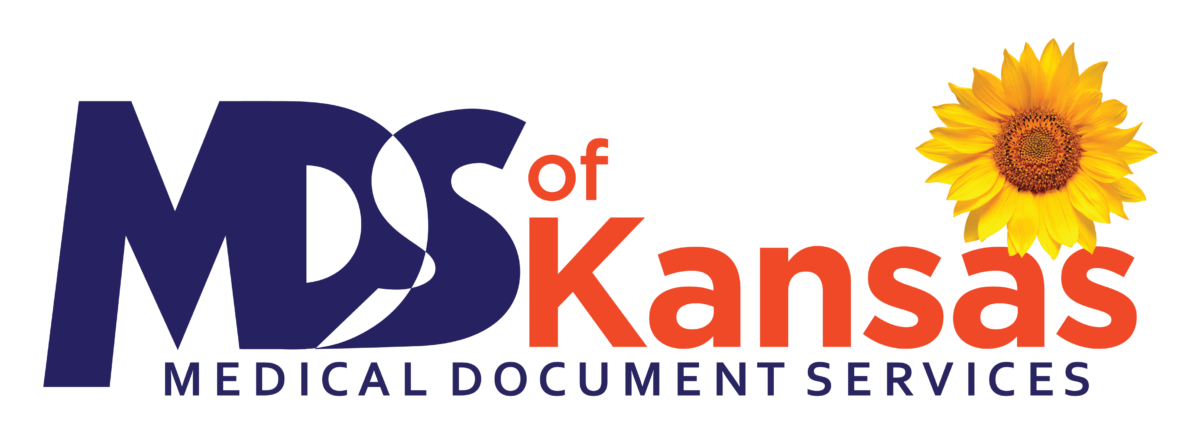By: Diane Taylor, RN-BC, EHR Intelligence
If you think ICD-10 is all about new codes, you are dead wrong. ICD-10 is really about “documentation” ─ we clinicians have learned from day one that, “If it’s not documented, it wasn’t done.” This situation is even truer in the ICD-10 world, where the coder must build the ICD-10 code based on the presenting story of that patient’s visit from admissions to discharge. With all the new code options, you never know what code will be built.
Case in point: The ED physician sees and diagnoses the patient with head and chest contusions and a fractured femur caused by a motor vehicle accident (MVA). The hospital admits the patient. The nurse, who documents the patient history assessment, discovers the patient hit the vehicle in front of her on a busy residential street. The therapist teaching the patient how to crutch walk discovers new information that the patient was driving home after a fight with her in-laws and was texting when the accident occurred. The entire story is now documented fully and ready for coding to add to the claim’s reimbursement.
A “MVA”, “on a residential street,” “texting while driving” and “fighting with in-laws” are all now capable of being coded. Even though 50 percent of the new ICD-10 codes are based on laterality, there are so many new codes that can be used. Documentation matters. Specificity matters.
Real-time documentation is especially important. Care managers will need to know the documentation is present and when the patient status changes from “Observation” to “Inpatient”. They can no longer wait for the end of the shift for clinicians to document. Medical necessity must be present; if not, queries sent to physicians will likely increase. Clinical documentation improvement (CDI) specialists will have to forward clarifications to physicians if information in the clinician’s note does not correspond with what the physician documented. The volume of queries overall is expected to increase substantially. If documentation is not entered in real time, the longer that information remains on the coder’s desk, the longer the time to attain revenue and reimbursement.
Users of electronic medical record systems also need to be able to document laterality as well as perform in-depth documentation for specificity. For example, a coder will need to receive a thorough description of the wound to understand where the insertion of the IV on the body occurred, the reason for the IV order and the medication administered. To be able to describe the location of injury (i.e., is it located left or right side or upper or lower part of the body?), distal or proximal, medial or lateral, and much more will be even more critical for ICD-10 coding.
Physicians working in medical practices or clinics are expected to experience difficulty adjusting to the new ICD-10 code sets. They will be responsible for providing hospitals with information in ICD-10 form to aid their peers. Clinic orders, such as lab and radiology, will need ICD-10 diagnosis so the hospitals can process these orders appropriately. If the coordination of this level of communication doesn’t improve, patient care and treatment can be affected and denials will surely increase.
So are you really ready for ICD-10? Apparently it’s not just a coding project.
Diane Taylor, RN-BC, Delivery Manager, CTG Health Solutions, is a healthcare professional with 30-plus years’ experience with a focus on clinical transformation and change management.


